Social Media App Development Cost
Entrepreneurs and small businesses often possess amazing concepts for social media apps. However, the most pressing problems they face occur in the development process. A poor development process can increase your financial costs and be a stumbling block for your goals. Moreover, the success of a social media app depends on numerous factors, including the expertise of the development team, the development time, and other factors influencing the social media app development costs.
Every entrepreneur and business owner asks the most pressing question: how much does maintaining a social media app cost? This article assesses the social media app development cost to help you make informed decisions. Read the article to know more.
What is the cost of building a social network app?
The cost of building a social media app depends on numerous factors:
- Usually, the cost to build a basic social network app can range from as low as $30,000 to $60,000.
- A more complex app can cost you between $60,000 and $70,000.
- A highly advanced social network app can climb to $100,000.
Factors influencing the social media app development cost include the UI/UX design, feature complexity, development team size, and the app platform.
Similarly, a development team’s location is vital in deciding the final cost. The following are the hourly rates of development teams based in various locations globally. North America: $100-$150, South America: $30-$50, Asia: $18-$40, and Europe: $60-$95.
Curious about the investment for your social media app? Request a quote today Social Media App Develeopment Experts ![]()
Key Features of Social Media App
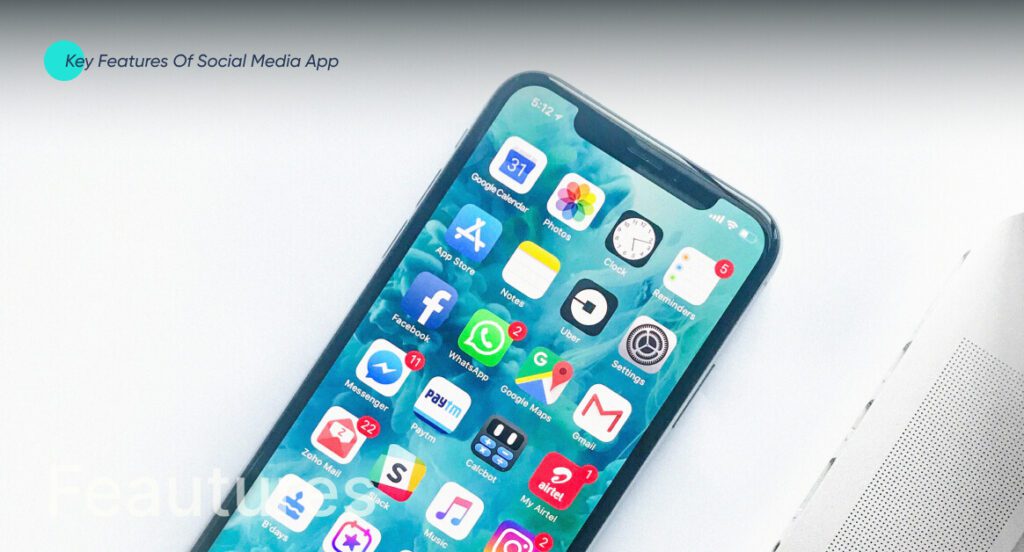
Here are some of the standard features of social media apps. To create a social media app, you must understand these features because they can significantly influence its development costs.
Account Creation
This feature involves allowing users to access the app by verifying their identity. Signing up for a social media app is a primary feature. Typically, it includes options for email verification, phone number verification, or third-party login methods such as using Google or Facebook credentials. The primary purpose is to make the process hassle-free for users with minimum account setup stages.
Profile Setup
Profile creation and editing are standard features in all social media apps. Users can create personal profiles and add details such as name, profile picture, bio, and other vital information. Moreover, the edit feature allows users to update or modify their profile information.
Messaging
In-app messaging facilitates communication between app users. This feature enables users to send and receive messages within the app. It can include text, multimedia messages, and real-time chat functionality.
Photo and Video Uploading
Another key feature of social media apps is that users can upload and share photos and videos within the app. This feature often includes options for adding captions, filters, and other editing tools.
Search Feature
This feature allows users to search for other users, content, groups, communities, or specific topics within the app. Moreover, users can include filters, sorting options, and suggestions based on user activity.
Push Notifications
Push notifications on apps encourage real-time response and initiate immediate engagement. Users receive real-time notifications for activities such as new messages, likes, comments, or friend requests. Consequently, this feature helps keep users engaged and informed about relevant updates.
Additional Features
It is a general category that may include additional, more advanced features based on the specific goals of the social media app. For example, features like live streaming, event creation, groups or communities, analytics, and privacy settings, amongst others, can be added to an application if and when needed.
Social Media Sharing
This feature allows users to share content on various social media apps. Users on one social media app can connect their profiles with other social media platforms. Hence, it facilitates cross-platform sharing and content integration.
Types of Social Media Apps
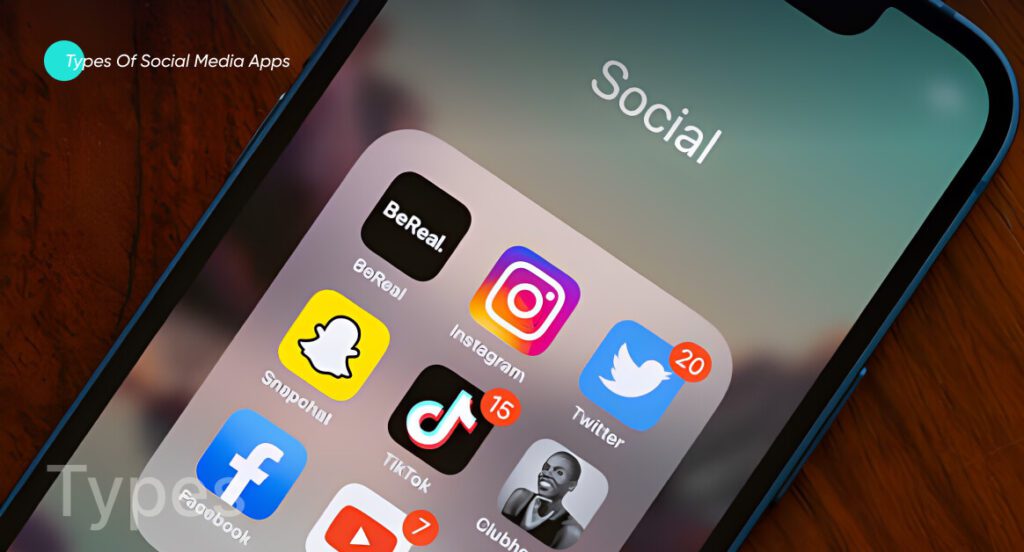
Before building a social media app, it is necessary to analyze various types and decide which type serves your business goal and target audience. The social media app is also a key factor influencing your social media app development cost.
Social Networking Platforms
Social networking platforms allow users to connect with friends, family, and colleagues. Users share posts, photos, and videos and also engage in conversations. For example, millions of people use applications like Facebook, LinkedIn, and Twitter for social networking daily.


Messaging Apps
Messaging apps enable real-time communication through text, voice, and video messages. In addition, these apps allow private or group conversations with features like multimedia sharing, voice notes, and more. Examples include WhatsApp, Telegram, and Facebook Messenger.
Photo Sharing Apps
Photo-sharing apps are known for sharing photos and brief visual content. Generally, users engage through likes, comments, and direct messages. Examples of such apps include Instagram and Snapchat.


Professional Networking
A professional networking platform is where users connect with colleagues, highlight their professional achievements, and explore job opportunities. Moreover, such networks also promote business-related networking and information sharing. Examples include LinkedIn.
Microblogging Platforms
Microblogging platforms combine instant messaging and content production. Such platforms mainly focus on short-form content. Typically, users share brief thoughts, links, and images and engage in public conversations. Examples include X (Twitter) and Tumblr.


Review and Recommendation Platforms
Review and Recommendation Platforms are platforms for sharing and discovering reviews of businesses, services, and travel destinations. By and large, users offer their feedback and recommendations based on their experiences. Examples include TripAdvisor and Yelp.
Leading Social Media Apps
Social media developers need to be knowledgeable about the leading social media apps in the market because it can help them make informed decisions about their social media app project. Following is a list of the top social media apps based on popularity.
- X (formerly Twitter)
- TikTok
- Snapchat
Key Features of Top Social Media Apps
The social media apps such as WhatsApp, Facebook, Instagram, Twitter, TikTok, and Snapchat have gained massive popularity and user engagement worldwide. Here is a brief description of the top features of these social media platforms. Consider including one or more of these features in your app, and check how it can impact your social media app development cost.
Features Of WhatsApp
- Messaging
- WhatsApp is primarily a messaging app that allows users to send text messages, voice messages, and multimedia files.
- Voice and Video Calls
- Users can make free voice and video calls to other WhatsApp users over the internet.
- Status Updates
- Users can share multimedia updates in status, visible to their contacts for 24 hours.
- Group Chats
- WhatsApp supports group chats where multiple users can participate in a single conversation.
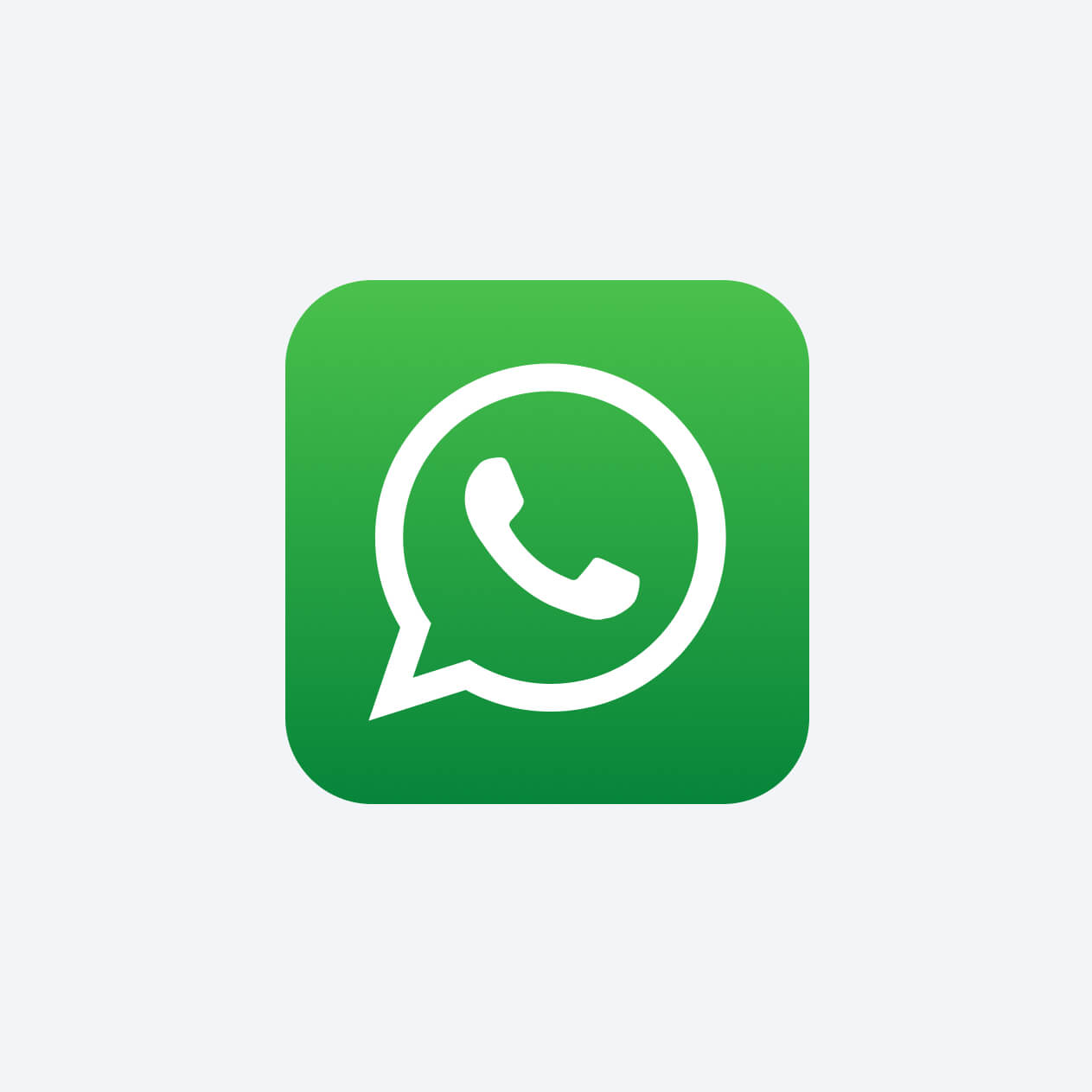
See our latest relevant exploration How to create an App like WhatsApp? ![]()
- News Feed
- The main feature is displaying a personalized stream of updates, photos, and posts from friends and pages that a user follows.
- Profile
- Users can create and customize their profiles, sharing personal information, photos, and updates.
- Friend Requests
- Users can connect with others by sending or receiving friend requests.

- Photos and Videos Sharing
- Instagram is focused on visual content, allowing users to share photos and videos.
- Stories
- Users can post ephemeral content that disappears after 24 hours.
- Explore
- A feature for discovering new content and users based on interests.
- Direct Messaging
- Users can send private messages and share content with others or in groups.

X (Twitter)
- Tweets
- Tweets are short text messages of up to 280 characters that users can share with their followers.
- Retweets
- Users can share and boost tweets from others to their followers.
- Followers and Following
- Users can follow others, and others can follow them in return. It creates a network of connections.
- Hashtags
- Users can categorize and discover content through the use of hashtags.
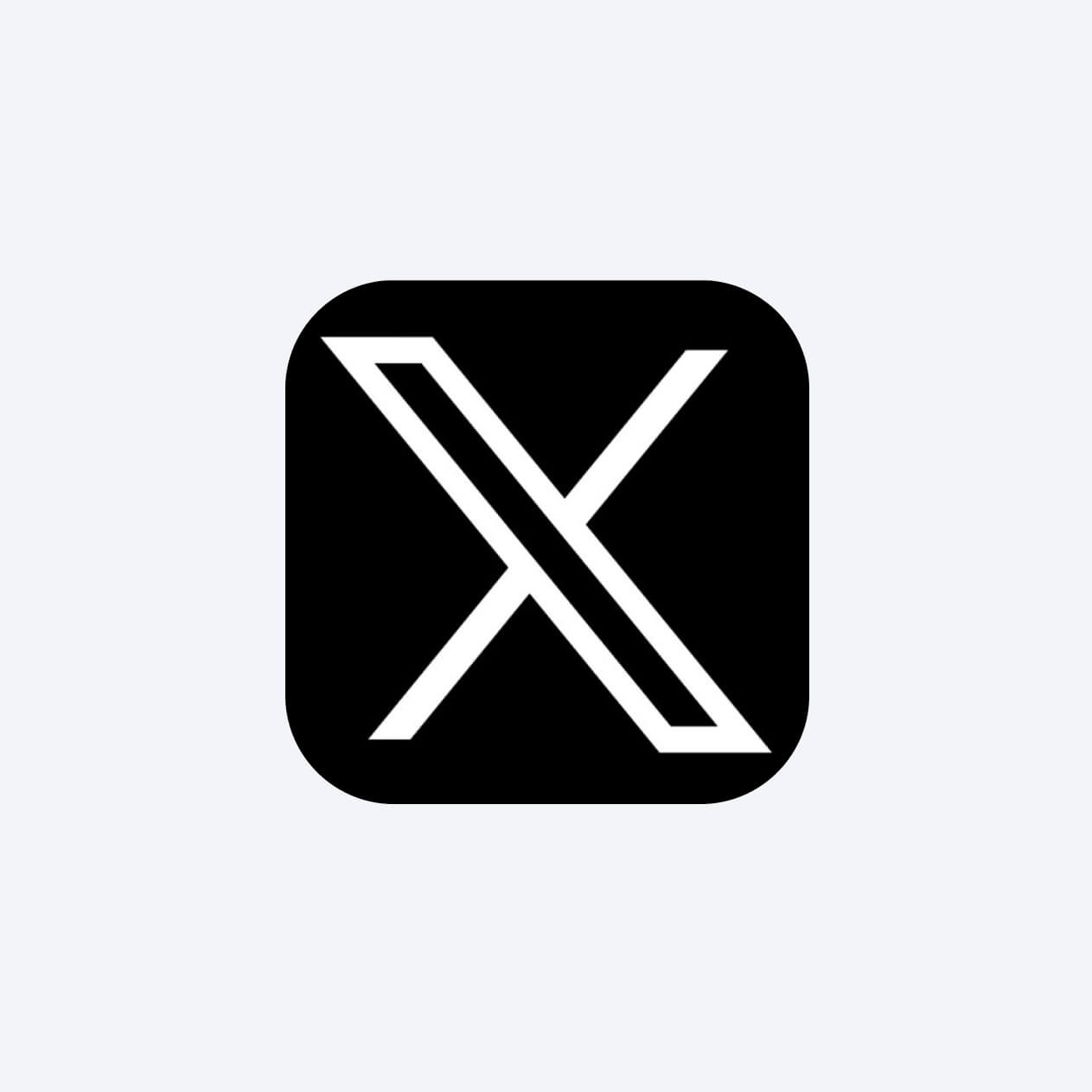
TikTok
- Short-form Videos
- TikTok is known for its short, creative videos typically set to music.
- Duets and Reactions
- Users can create collaborative videos or react to others’ content.
- For You Page (FYP)
- A personalized feed showing content recommended based on user preferences and engagement.
- Effects and Filters
- Users can enhance their videos with a variety of effects and filters.
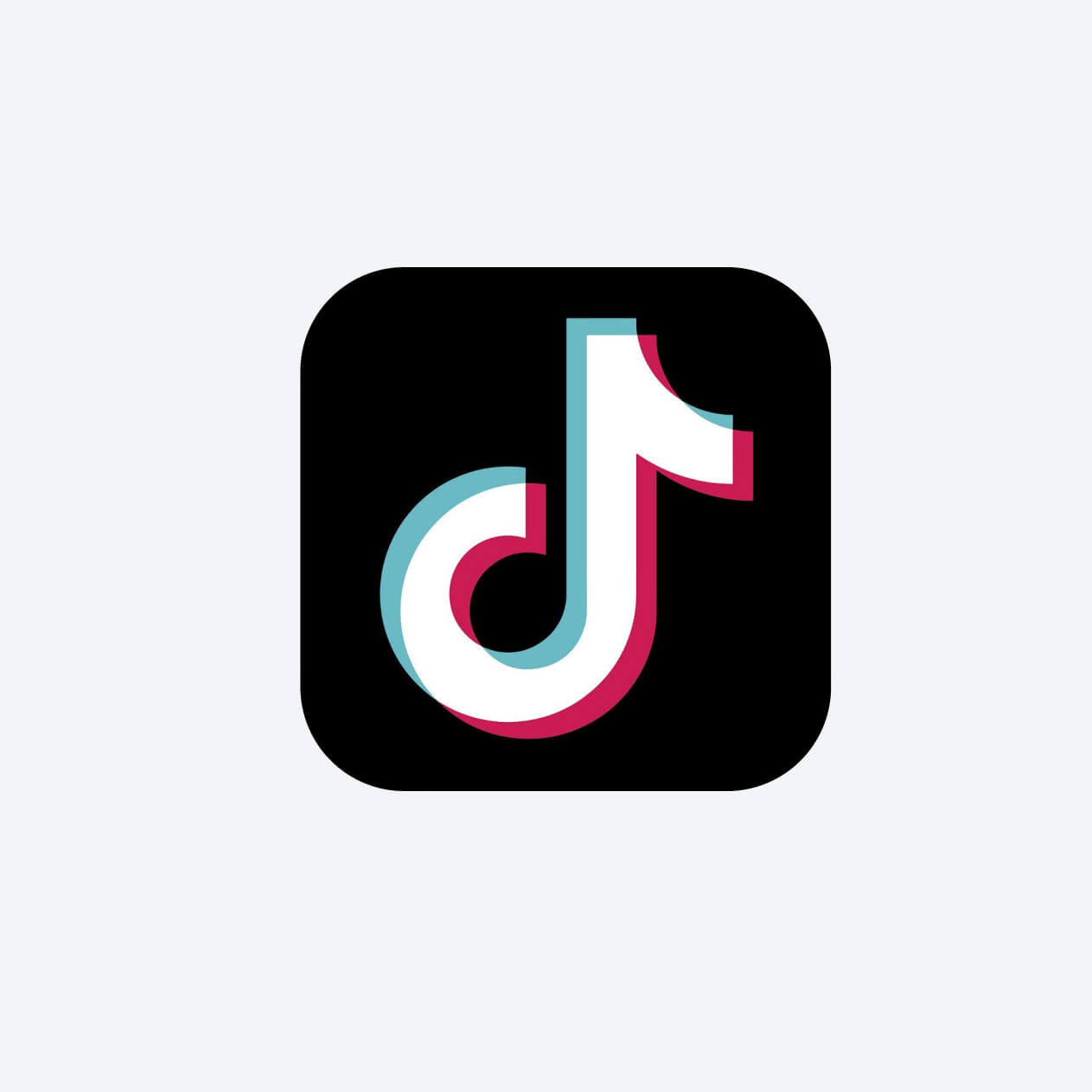
See our latest relevant exploration Essential Factors in Building Apps like TikTok ![]()
Features Of Snapchat
- Snaps
- Users can send photos and videos, known as “snaps,” to their friends. However, these snaps are short-lived and vanish after being viewed.
- Stories
- Users can post a collection of photos and videos to their Stories, visible to friends for 24 hours.
- Lenses and Filters
- Snapchat offers a variety of fun augmented reality (AR) lenses and filters that users can apply to their snaps.
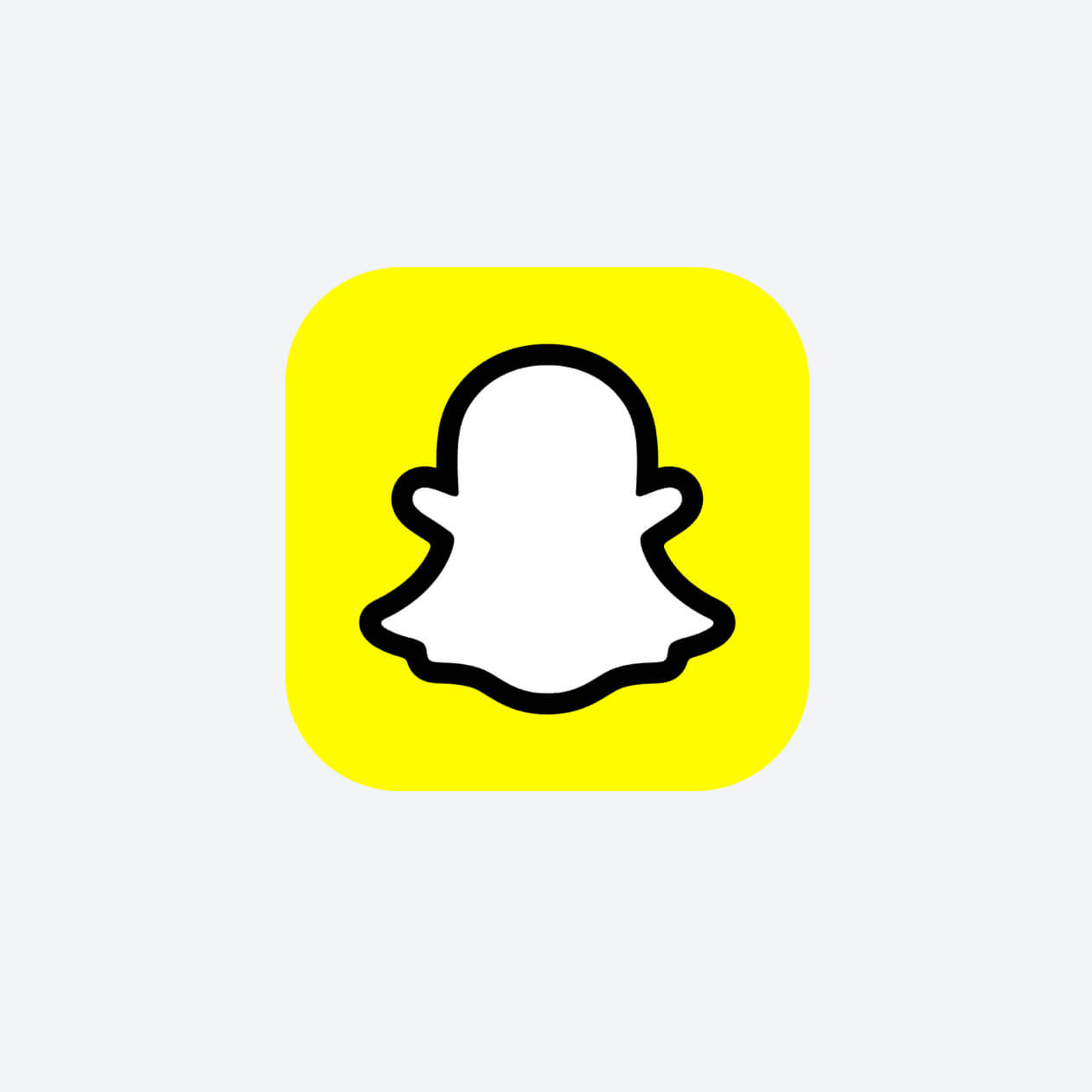
Development Process of Social Media Apps
A social networking app development company typically follows a development process to make a social network app. The following explains each stage of the social media app development process.
1. Ideation
During the ideation phase, the development team collaborates with the client to conceptualize the social media app, defining its purpose, target audience, and unique features. The team identifies user needs through market research and analyzes the competitive landscape. Given these points, our team lays the foundation for a definitive project brief that outlines the app’s significant functionalities and goals.
2. Wireframing/Prototyping
The development team converts the ideas into visual representations and interactive prototypes in the wireframing and prototyping stage. Wireframes outline the app’s layout and user flow, serving as a sketch for development. At the same time, the prototypes provide an actual technique for testing and validation. It also allows early user feedback and the app’s design and functionality refinement.
3. Design
The design phase transforms the wireframes and prototypes into a visually attractive and user-friendly interface. Particularly, it involves creating the aesthetics and functionality of the app, including user interface (UI) elements, branding, and design consistency. The designers ensure the social media app’s visual aesthetics synchronize with the client’s vision.
4. Development
The app begins to materialize in the development stage as the coding and programming work starts. The chosen technology stack is applied, and features are developed. Additionally, the developers integrate third-party APIs for functionalities like authentication and sharing.
5. Testing
The QA team thoroughly inspects the social media app for bugs, usability issues, and overall performance. On the whole, unit, integration, and system testing are conducted to identify and rectify problems.
6. Deployment
After the testing phase, social network developers deploy the app to app stores or relevant platforms, making it accessible to users. The deployment phase marks the transition from development to the live environment, where users can start engaging with the social media app.
See our latest relevant exploration How to Evaluate Mobile App Development Costs?
![]()
FAQs
Social media developers can build a simple app with introductory features in 3 to 6 months. On the other hand, a more complex app with advanced functionalities could take a year or more.
The social media app development cost to build an app like Facebook can cost anywhere from $100,000 to several million, depending on complexity and features.
The technology stack significantly influences costs. Consequently, choosing widely used and supported technologies can be more cost-effective, as they often have a larger developer community and readily available resources.
Gohar is a seasoned IT writer specializing in leading technologies. He holds a Diploma and Bachelor's degree from the University of London, with professional experience spanning over five years in the IT sector. His expertise involves a keen focus on mobile applications, web apps, blockchain, content management systems, e-commerce, and fintech. Beyond the professional field, Gohar is an avid reader and reads extensively about emerging and innovative technologies.